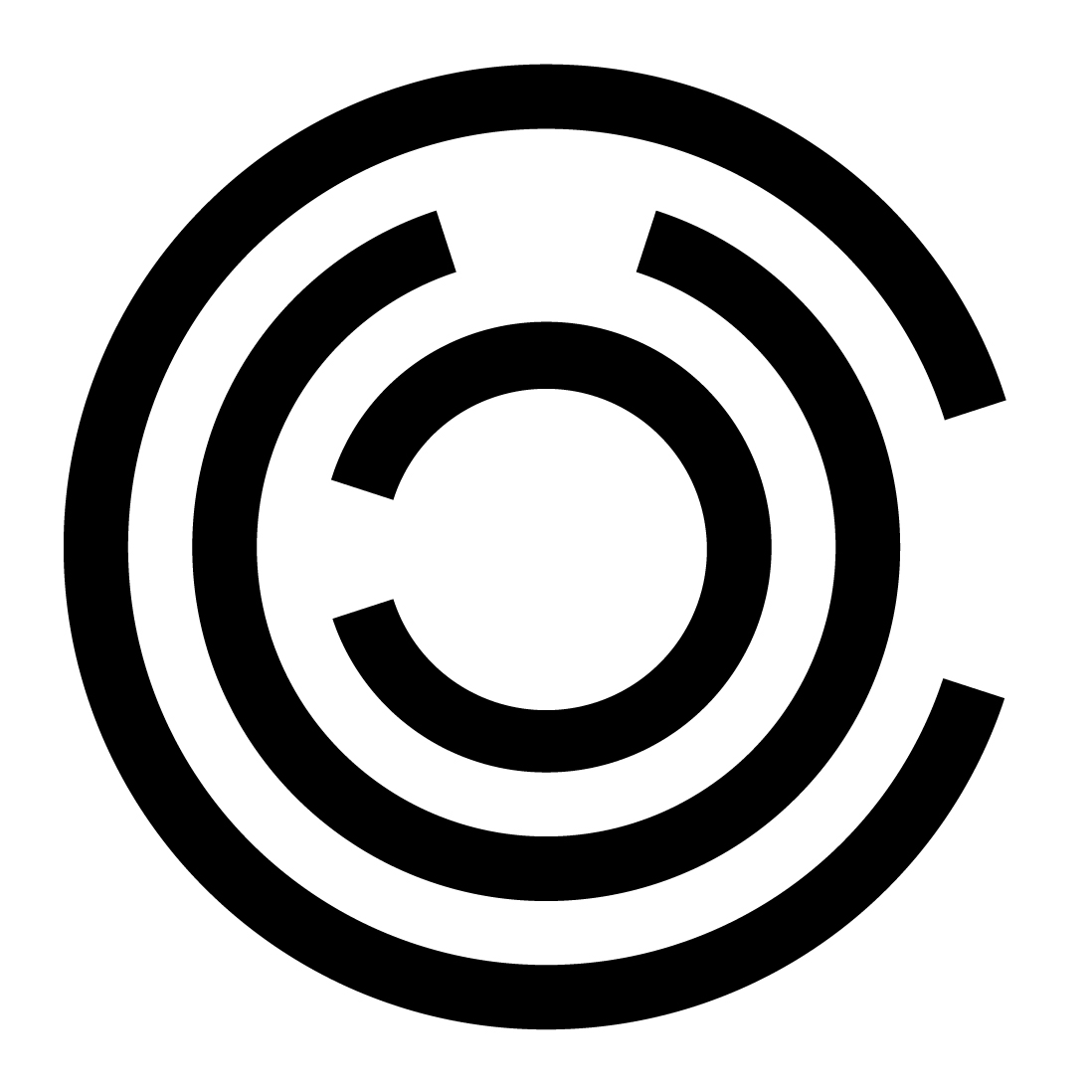Urban Planning Contest in the Rec neighborhood in Igualada
The Rec neighborhood originated as an agricultural area using the existing ditch as a garden irrigation system. The neighborhood’s tanneries created a new productive system in the canal in the form of a scrapyard. Today, the tanning industry has decreased by 30%, leaving many buildings vacant and, thus, symbolizing an inactive heritage in the neighborhood. To address this evolution, this project proposes a neighborhood model that encourages identity and productive values in each phase. The project also offers a scenario that permits the interchange of social urban metabolism, both in terms of energy as well as material and social resources, between the Igualada neighborhood and the rest of the municipal neighborhoods, as well as a reconnection with the surrounding environment. The reactivation of this neighborhood will be the future driving force of Igualada.
This metabolic interchange is articulated through five arteries of the canal and new circulation paths of water, energy, and people..
Pel que fa a l’aigua, les artèries recolliran aigua pluvial de les cobertes que es condueix per gravetat aprofitant el pendent descendent dels carrers fins arribar al rec on es canalitzarà per a ser redistribuïda cap a les noves hortes, unes hortes que permetran abastir les hortalisses dels menjadors escolars d’Igualada.
L’excedent d’aquests camins d’aigua es retorna finalment al curs fluvial de l’Anoia, afavorint així el closed water cycle.
Regarding the energy circulation path: the project proposes to reactivate the empty tanneries and to convert them into local renewable energy production stations as District Heating, being able to use more than an estimated 35,000 tons of biomass available in the surrounding environment per year as a raw material, covering at least 50% of Igualada’s thermal demand. Additionally, the installation of photovoltaic panels on the roofs of the neighborhood will generate 26% of the city’s electrical consumption.
Regarding mobility and accessibility: the project proposes environmental improvements associated with limiting automobile usage and reducing the speed limit, converting the parking space into a public and productive space, and placing three flexible parking spots in the future. This will improve neighborhood accessibility by inserting strategically located points of exchange. The arteries become pedestrian communication axes both within the urban space and reconnected with the rest of the urban space and its natural environment.
The process poses to begin with a first phase of metabolic triggers of the project (2017-2025): interventions in the schools and facilities, improvements in accessibility and mobility, recovery of agricultural production surfaces and energy rehabilitabilitation, and creation of biomass power plants. Then, a second phase of intensification in the closing of material cycle (2025-2030): developing the rainwater catchment system and strengthening the neighborhood productive model, allowing the city to produce and supply energy self-sufficiently.
This proposal, as a discussion paper, will require a participatory process in continuation with previously initiated ideas as well as with the socio-cultural dynamics and economics of Igualada. It proposes to introduce schools into the debate as a pedagogical project with the aim of incorporating future neighborhood users into the productive and proactive management of their resources.
The environments of Anoia are grazed by sheep herds that participate in their cleaning by performing a sustainable traditional ecosystem service. The urban model that is proposed the use of existing resources and their traditional management in continuity with territorial dynamics, providing innovation in the revaluation of these dynamics.




Authors
Carles Enrich Studio
Collaboration
Oriol Gavaldà (AIGUASOL), Ignasi Mangue (arqueología i historia) i Helena Fradera (En Paral·lel, diseny gràfic)
Client
Ajuntament d’Igualada
Project year
2017
Date
13 de February de 2020
Category
Territory and landscape
